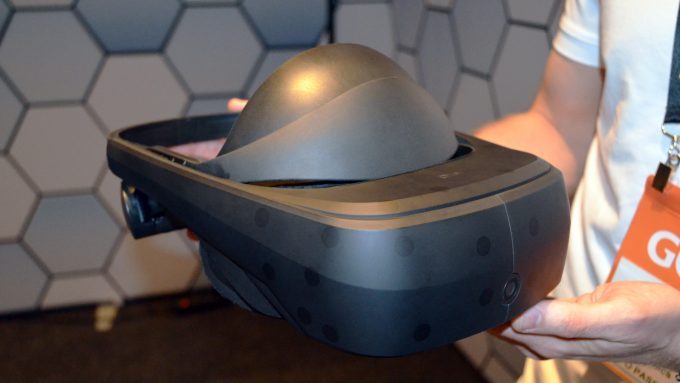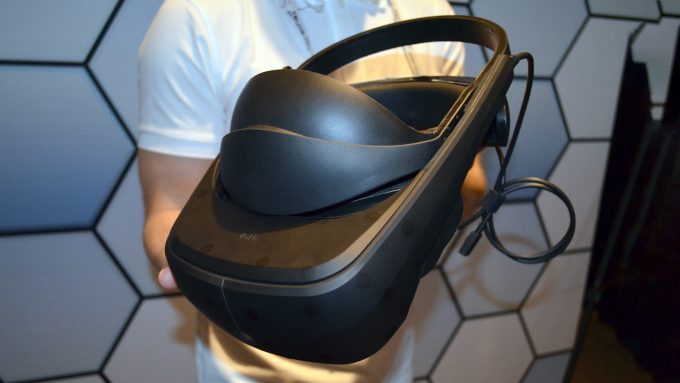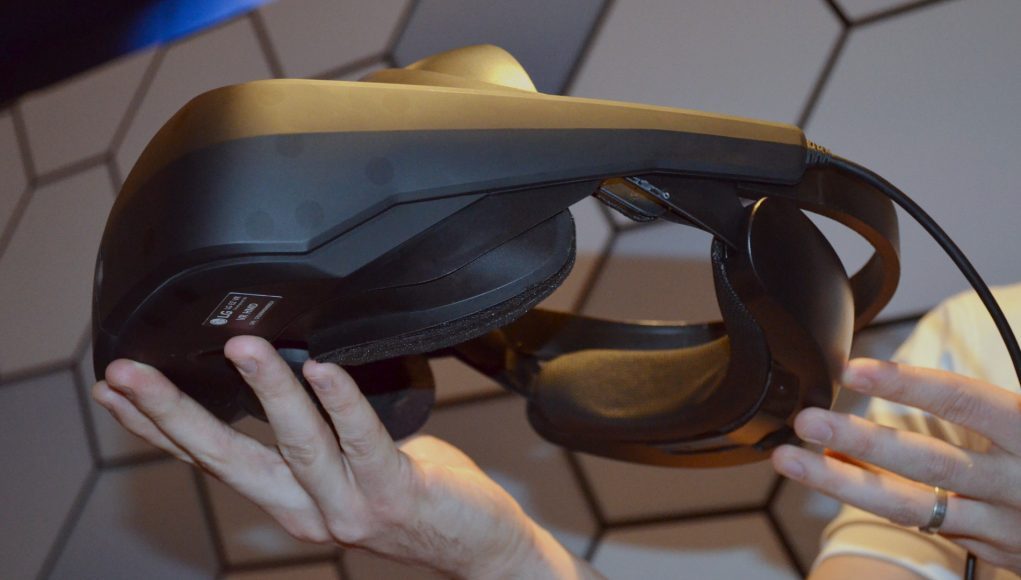LG is the first company after HTC to follow the path laid out by Valve for headset makers to bring their wares to SteamVR. That path involves using SteamVR Tracking technology and OpenVR API to create a headset which can tap into the same Steam-powered content ecosystem as the Vive. LG’s step into VR represents more than just a new headset though, it represents new choices for consumers and new competition for HTC.
When Valve set out to create their VR ecosystem, they wanted to create a foundation that would let VR headset makers of any stripe deploy to that ecosystem. While Valve early on worked closely with HTC to manufacture the Vive headset under the HTC brand, it seems like Valve is increasingly ready to begin stepping back from such direct involvement in the Vive, and begin to let it exist as one SteamVR headset among several; a move that will see the headset makers compete among themselves to make the best headset that fits consumes’ wants and needs.
 Since the launch of the Vive, LG is the first company to follow the blueprints Valve laid out for any company to create a SteamVR compatible headset. The LG VR headset uses the Valve-invented SteamVR Tracking, and also uses the OpenVR API to make itself compatible with any content that’s been created for SteamVR.
Since the launch of the Vive, LG is the first company to follow the blueprints Valve laid out for any company to create a SteamVR compatible headset. The LG VR headset uses the Valve-invented SteamVR Tracking, and also uses the OpenVR API to make itself compatible with any content that’s been created for SteamVR.
LG is clear that the headset at this stage is a prototype, so expect to see some differences over time, likely including significant changes to the industrial design by the time the company reveals the consumer version of the headset. That said, here’s what we know about the LG VR headset prototype as it stands today:
LG VR Headset Specs:
- Resolution: 1440×1280 per eye
- Display Type: OLED, single panel
- PPI: 540
- Field of View: 110 degrees
- Refresh Rate: 90Hz
- Lens Type: Convex, non-Fresnel
Ergonomics & Design
From an external standpoint, the LG VR headset is something like a Vive mixed with PlayStation VR style ‘halo’ head-mount (which rests comfortably on your forehead), which also includes a very handy ‘flip-up’ functionality which we’d love to one day see on all VR headsets. When the visor is flipped down it can be slid into place closer to the eyes, allowing for a widely adjustable eye-relief.
The display enclosure is perhaps a bit less tall than the Vive’s, but seems a little longer as a result. At present prototype is not so much a step forward for VR ergonomics as much as it is a different (and arguably more comfortable) mounting option; weight and size wise, it’s doesn’t feel substantially different from the Vive. The LG VR headset prototype is for now relying on a separate pair of headphones, something we hope to see integrated by the time the consumer version rolls out.
 While the Vive is covered in little craters—at the base of which lay the SteamVR Tracking sensors—the LG VR headset’s sensors are flush to the rest of the external casing. This makes the product feel a touch more refined, though the sensor lenses still stand out as little shiny disks. On the front of the LG VR headset is a front-facing camera, though it is non-functional on the current prototypes.
While the Vive is covered in little craters—at the base of which lay the SteamVR Tracking sensors—the LG VR headset’s sensors are flush to the rest of the external casing. This makes the product feel a touch more refined, though the sensor lenses still stand out as little shiny disks. On the front of the LG VR headset is a front-facing camera, though it is non-functional on the current prototypes.
A single cable extends from the LG VR headset which I was told was an HDMI connector, but a nearby headset under glass had a connection that looked an awful lot like USB-C, which would make more sense because HDMI alone can’t supply nearly the power necessary for a VR headset.







